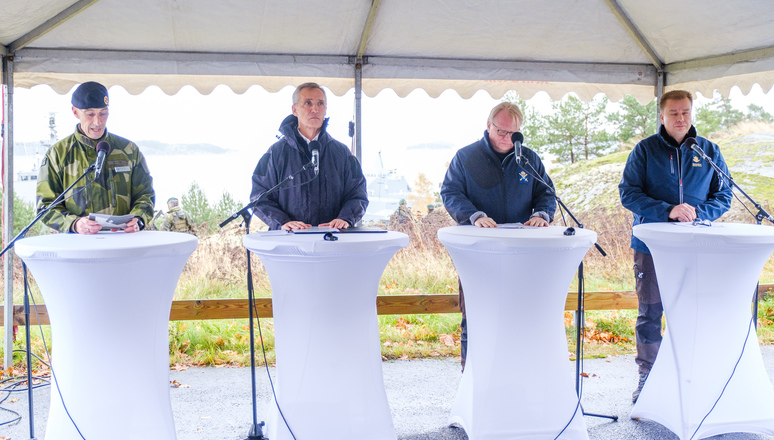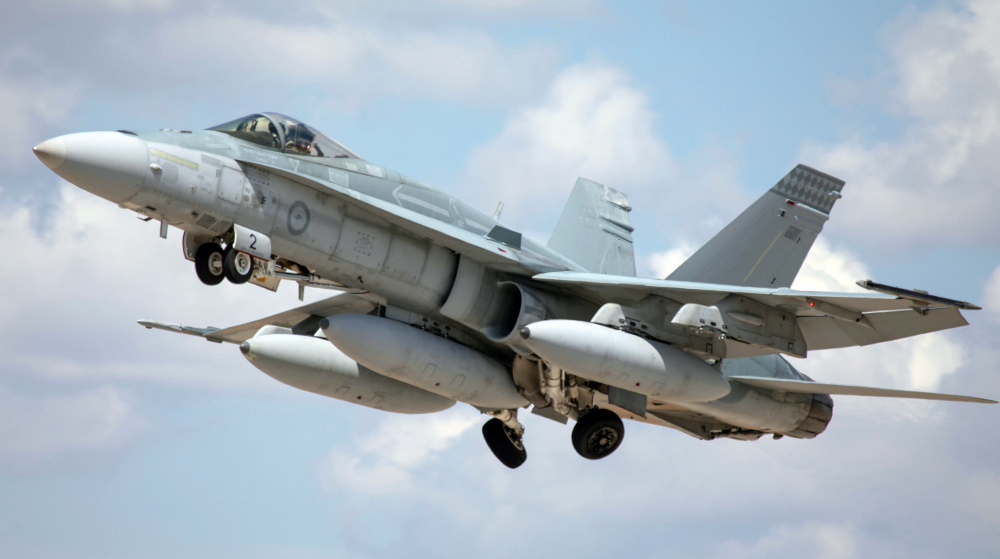Australia formally retired the Hornet after more than 35 years of service and nearly 408,000 total flight hours. The Royal Australian Air Force officially

theaviationist.com
RAAF Bids Farewell To The F/A-18A/B Classic Hornet
The
Royal Australian Air Force officially retired the F/A-18A/B “Classic” Hornet during an official farewell ceremony at RAAF Williamtown on November 29, 2021. The ceremony was attended by the Minister for Defence Peter Dutton, the Chief of the Air Force Air Marshal Mel Hupfeld, aviators and industry partners. The aircraft who took part in the ceremony were assigned to the last squadron still flying the Hornet, the No. 75 Squadron based at RAAF Base Tindal.
The Classic Hornet is being replaced by the F-35A Lightning II, with 44 already delivered out of the total order of 72 aircraft. No. 75 Squadron will begin the conversion progress in 2022, joining No. 3 and No. 77 Squadrons and the No. 2 OCU (Operational Conversion Unit) which already fly on the fifth gen aircraft. The RAAF
declared the Initial Operational Capability of the F-35 last year and is scheduled to reach the Full Operational Capability by 2023.
snip
Even if retired by the RAAF, many of these Hornet will get a second life. As we already reported, 18 flying aircraft and seven non-flying aircraft
were sold to Canada as interim gap filler until the introduction of the new fighter aircraft, while up to 46 might head out soon to the United States
to join Air USA and provide contracted Red Air support and other services to the U.S. Armed Forces. Around eight aircraft will be prepared for display in Australia, including two at the Fighter World museum in Williamtown.







/img-s3.ilcdn.fi/f9810fe33ee8d2126fec0391009f6a17c6ad6da65c1a7d8ea451212e97616e7b.jpg)
